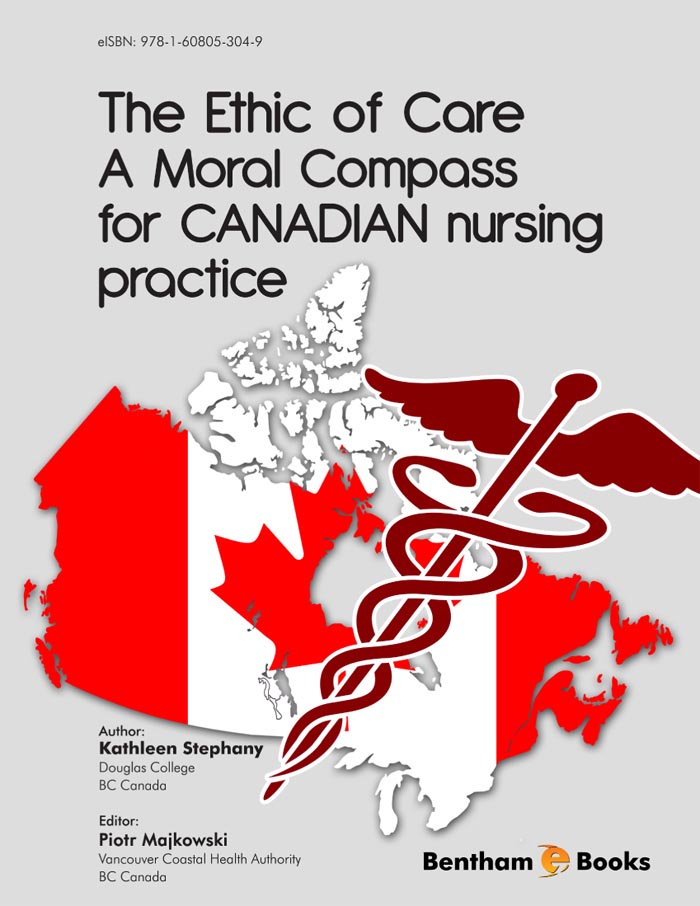Preface
“We do not live as isolated fragments, completely separate, but as parts of a great, dynamic, mutable whole.” Sharon Salzberg, author of Lovingkindness.
The ethic of care is the moral imperative to act justly. It has been almost thirty years since the ethic of care began to inform moral decision making in nursing. I chose to write about this topic because it is as valid for nursing today as it was at its inception. Nurses are still the ones who spend a great deal of time directly caring for others, not just by administering medications and treatments but also through touching, feeling, sensing and listening to what is said and what remains untold. In the writing of this textbook I have endeavoured to inspire nurses to be as compassionate and integral as they can be, so that they will leave every encounter with another human being, better than when they first arrived.
As a nurse and psychologist, I have sought to bring a slightly different voice to the subject of the ethic of care, one that marries the richness of the wisdom from both professions. The intertwining of the two sources is evident throughout the pages of this book, and made real through the application of scholarly knowledge; the telling of compelling stories of lived experiences; and through the application of what is learned.
I have also approached the ethic of care from the perspective of a nurse educator. My belief is that a good teacher does not merely impart knowledge but stirs up a passionate desire in their students to want to learn. I seek to challenge my students and have them question their preconceived assumptions and beliefs in order to open their eyes and minds to something more. Ultimately, my goal is to motivate the nurses of today and tomorrow to become responsible stewards who will shape the future and make it better, not just for some of us, but for all of us. In this fashion nurses will personify the wise advice of Mahatma Gandhi and, “Be the change you want to see in the world.”
A small editing note is needed. Throughout the writing of this textbook the term client is used more often than patient but both concepts are meant to interchangeably represent client and patient groups.
Kathleen Stephany, RN, BSN, BA, MA, PhD, CCCP, Psychologist
Full-Time Faculty in Health Sciences
Douglas College, BC Canada

